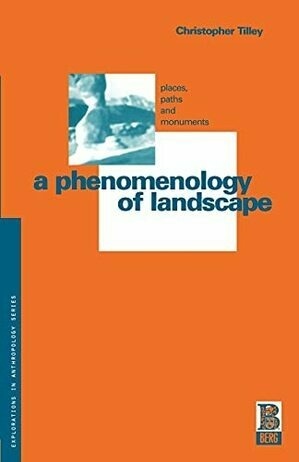
Offers a new approach to landscape perception.This book is an extended photographic essay about topographic features of the landscape. It integrates philosophical approaches to landscape perception with anthropological studies of the significance of the landscape in small-scale societies. This perspective is used to examine the relationship between prehistoric sites and their topographic settings. The author argues that the architecture of Neolithic stone tombs acts as a kind of camera lens focussing attention on landscape features such as rock outcrops, river valleys, mountain spurs in their immediate surroundings. These monuments played an active role in socializing the landscape and creating meaning in it.A Phenomenology of Landscape is unusual in that it links two types of publishing which have remained distinct in archaeology: books with atmospheric photographs of monuments with a minimum of text and no interpretation; and the academic text in which words provide a substitute for visual imagery. Attractively illustrated with many photographs and diagrams, it will appeal to anyone interested in prehistoric monuments and landscape as well as students and specialists in archaeology, anthropology and human geography.